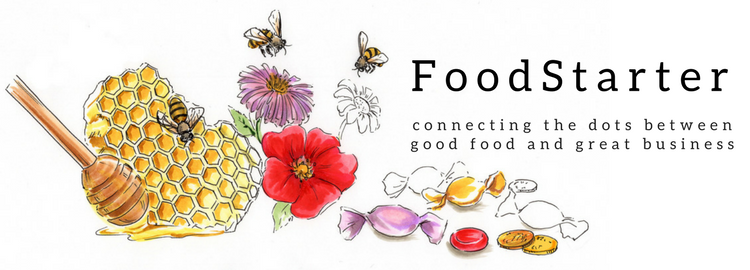Across the United States, young generations of Native Americans are reclaiming their languages, art traditions, and most wonderfully their heritage foods and native ingredients.
There’s Oglala Lakota chef Sean Sherman (AKA The Sioux Chef) who founded The Indigenous Food Lab, speaks at conferences around the world, has a cookbook, and more. (Read all about The Sioux Chef in this great Edible Indy article.)
Then there is the long-awaited Cafe Ohlone (“mak-‘amham”), tucked on the avocado tree-shaded patio of University Press Books on Bancroft, across from the UC Berkeley campus (profiled in depth by Berkeleyside).
Vincent Medina, a Muwekma Ohlone Tribe member, and Louis Trevino, of the Rumsen Ohlone, both group up in the East Bay and developed a yearning to return to their roots, learning the languages and cuisines.
The cafe would highlight foods indigenous to the Ohlone Indians — a blanket term that encompasses many tribes that lived from the East Bay to Carmel — food that would have been available centuries ago, prepared in the traditional ways.
We finally had a chance to get a taste of this project in December, 2018.
Elders eat first.
Louis and Vincent first blessed the food with prayers recited in both the Muwekma and Rumsen languages. Then a small group of us eagerly lined up, loosely organized by oldest first, eager to taste the carefully gathered and provisioned foods of old.
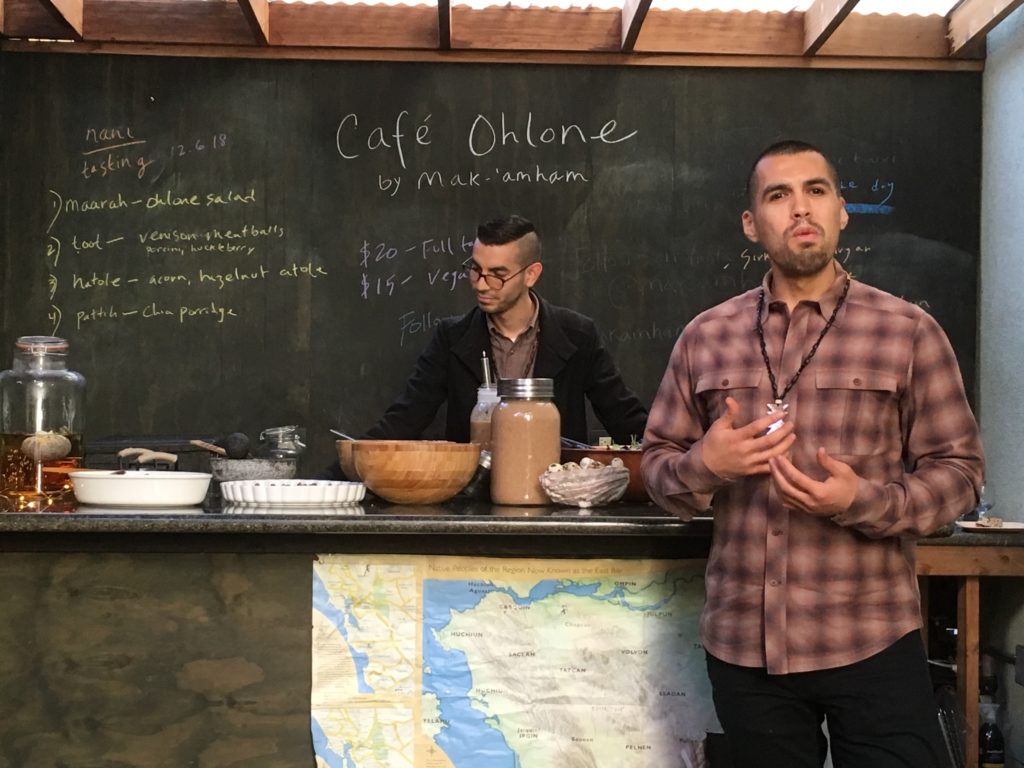
Vince Medina and Louis Trevino cafe ohlone — mak-‘amham near UC Berkeley
Our Ohlone Feast
What little salt seasoned our food had been gathered from salt marshes in San Francisco.
Pickle weed and purslane along with freshly toasted hazelnuts and watercress, topped with edible flowers and soft boiled quail eggs, made for a fresh and interesting salad.
As someone who happens to have California native sifting baskets, used over the centuries to separate seeds from other plant material, it was exciting to hear about the little huckleberries having been separated in such a way. Or maybe I mis-heard and just want to believe that.
That mush-like dish they call “aha-tole,” taken from “atole” made with valley oak acorn flour that came from the east side of the Berkeley Hills where Vincent’s great great great grandfather was born, as well as hazelnut flour and chia flour and agave nectar.
Venison meatballs cooked with huckleberries and ground porcini and popped amaranth were chewy and remarkably un-gamey. (I was hoping to hear that they’d downed a deer with a spear in the Berkeley Hills but no, it came from a trusted provider.)
Dessert was a chia porridge with hazelnut milk and spices from the Kitchen Collective topped with native berries and crushed hazelnuts.
We sipped native teas from black sage and rose hips and Yerba buena from the San Lorenzo area.
The experience was just that: an experience, an experiment, a very beautiful tribute to the people who lived in harmony with so many animals along the Bay until their lives were taken from them.
Get the latest about the cafe hours and programs here.
More reading:
When I first heard about Cafe Ohlone, I decided to finally read The Ohlone Way by Malcolm Margolin, a book that had been on my shelf since the dark ages.
I recommend everyone read that book, to appreciate the simplicity of living in harmony with nature, whether or not you live in the Bay Area or have any interest in indigenous cultures.
And be sure to read Reviving Indigenous Cuisine in Edible Indy (and check out the Amaranth Crackers recipe!)
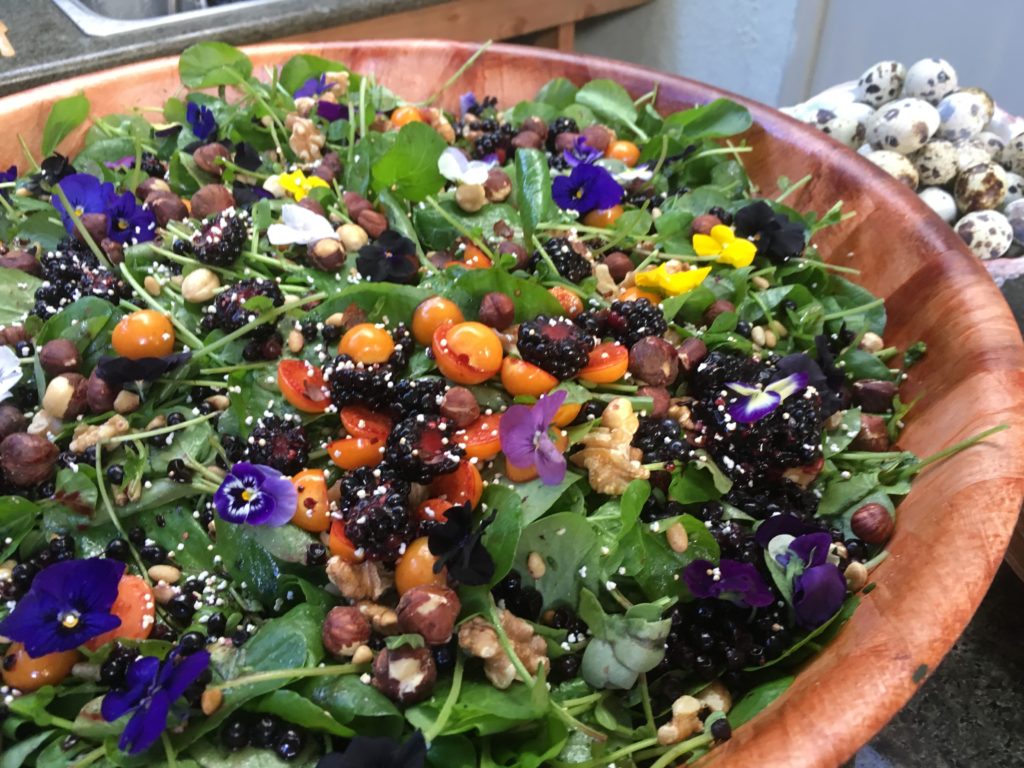
Salad made with local ingredients the Ohlone indians would have foraged for along the Northern California coast, such as sorrel, watercress, purslane, huckleberries, hazelnuts and more.
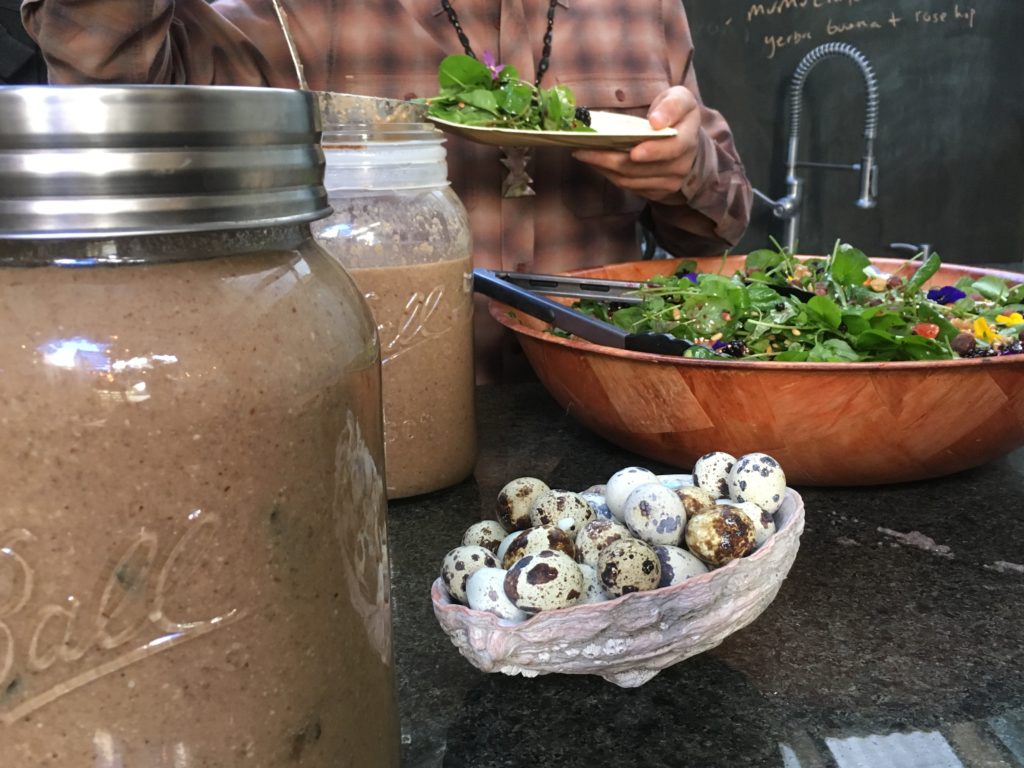
Like Atole but aha-tole made with acorn flour, from nearby foraged valley oak acorns.
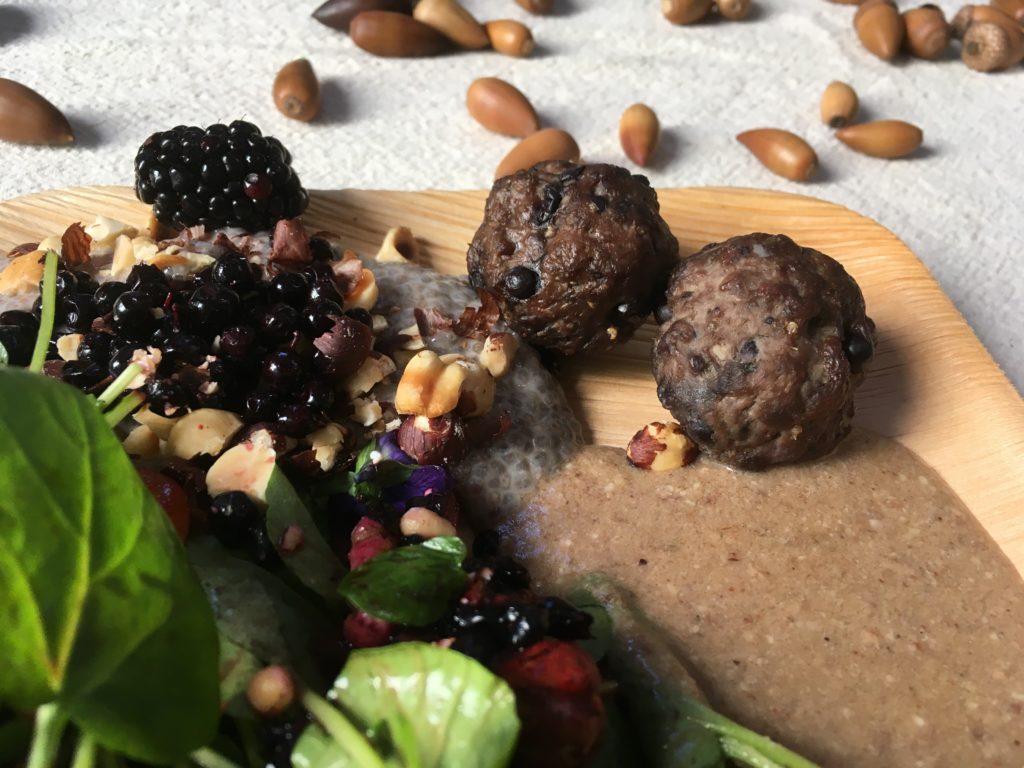
Venison (deer) meatballs with blackberries (yum) alongside our chia seed and acorn flour mushes. So pure, clean and satisfying. (The deer was raised, not wild.)





